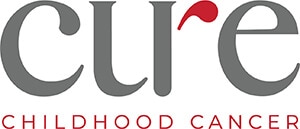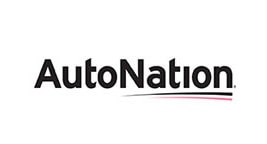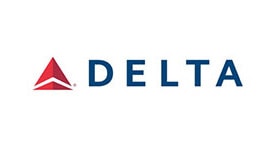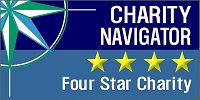Your Family is Not Alone
Supporting families devastated by a childhood cancer diagnosis is central to our mission. From meals and counseling to financial assistance, CURE is committed to walking alongside families throughout their cancer journey.
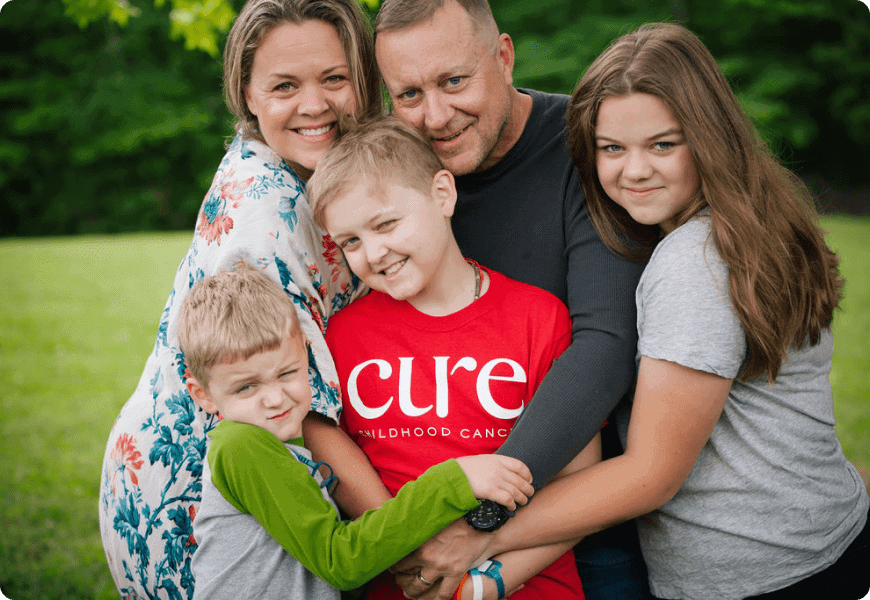

Accelerating Pediatric Cancer Research
Did you know that less than 4% of federal cancer research funding is allocated to solving childhood cancers? Through the generosity of donors, CURE invests more than $5 million annually in promising research.
CURE's Impact Over the Last 12 Years
CURE is dedicated to conquering childhood cancer through funding targeted research while supporting patients and their families.
Invested in
research
Provided In
Financial Assistance
Meals Served
in the Hospital
Our Mission
CURE is dedicated to conquering childhood
cancer through funding targeted research
while supporting patients and their families.
Meet Our Partners
Donate Today
At CURE, we believe in the power of targeted, individualized treatment approaches. Your donations play a pivotal role in making this possible. Join us in our commitment to transform the world of pediatric cancer treatment, ensuring every family gets the support they need and every child receives the care they deserve.
